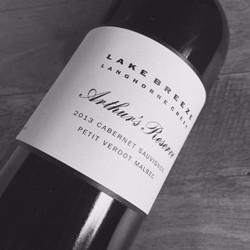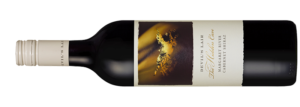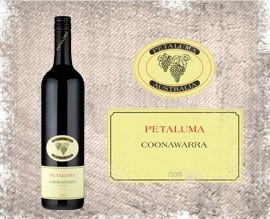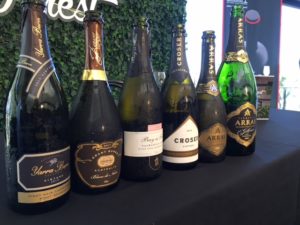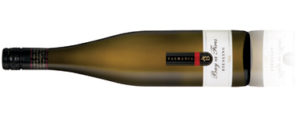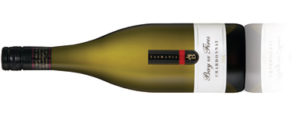New Release Tasting – June 2018
Barry Weinman: 16 th June 2018
This week’s panel tastings combined brackets of traditional varieties, as well as a selection of alternative varieties that generated a lot of discussion among the panel.
The wines reviewed are all about value, and include a smartly packaged GSM from Angove, as well as a couple of interesting reds from Patritti that are not only great drinking, they are well packaged and very affordable.
Reviewed
Patritti – Vermentino – 2017 (17.5/20pts – $18). A real surprise package, with pretty fruit that is floral and almost perfumed, with musk and tropical fruit notes. The palate is zesty and light, with excellent texture and just a touch of residual sugar to add balance and flesh out the mid palate. An excellent drink for a sunny afternoon with friends, and worked a treat with lemon infused roast chicken.
Shingleback – Shiraz – Davey Estate – 2016 (17.7/20pts – $25). The purple colour is striking. Initially quite closed, but with air, the ripe berry fruit can be coaxed from the glass. The palate is structured, textured and long, with fine tannins cloaking the dense fruit. Gets savoury and chewy to close. A smart wine that will be a treat with rustic food this winter, or given 5 – 10 years in the cellar.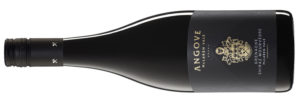 Angove – Grenache/Shiraz/Mouvedre – Family Crest – 2017 (17.9/20pts – $22). The rich red berry fruit was a little subdued initially, but this blossomed after a couple of days in the bottle! The dense, ripe fruit is textured and long, with mid-palate minerality, bright acidity and supple oak adding depth. A powerful wine that could be enjoyed with a hearty steak now, but would be best with 10 years in the cellar.
Angove – Grenache/Shiraz/Mouvedre – Family Crest – 2017 (17.9/20pts – $22). The rich red berry fruit was a little subdued initially, but this blossomed after a couple of days in the bottle! The dense, ripe fruit is textured and long, with mid-palate minerality, bright acidity and supple oak adding depth. A powerful wine that could be enjoyed with a hearty steak now, but would be best with 10 years in the cellar.
Patritti – Saperavi – 2011 (N/R). When the 2014 and 2015 samples arrived, I thought it a good idea to open a 2011 from the cellar to see how it was developing. Lovely nose where the ripe fruit is perfectly matched to the more savoury characters. Aromas are an amalgam of berry, plum and cherry, with perfumed rose blossom highlights. The palate is initially more savoury, with souring acidity and fine tannins keeping the fruit in check. There is real depth to the palate, but this needs more time.
Patritti – Saperavi – 2014. Unfortunately affected by cork taint. 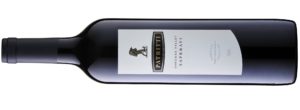 Patritti – Saperavi – 2015 (17.5/20pts – $22). Saperavi is a traditional Georgian variety that was planted by Patritti after a visiting winemaker shared a bottle with the family. Lovely ripe fruit that is at once pretty and refined, yet there is density and weight underpinning the fruit. The palate is lighter than the 2011, and more approachable as a result. Decent length and mouthfeel to close, with a hint of liquorice. Would be brilliant with home-made pizza, but also with a few years in the cellar.
Patritti – Saperavi – 2015 (17.5/20pts – $22). Saperavi is a traditional Georgian variety that was planted by Patritti after a visiting winemaker shared a bottle with the family. Lovely ripe fruit that is at once pretty and refined, yet there is density and weight underpinning the fruit. The palate is lighter than the 2011, and more approachable as a result. Decent length and mouthfeel to close, with a hint of liquorice. Would be brilliant with home-made pizza, but also with a few years in the cellar.

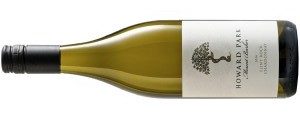



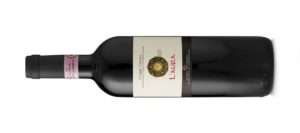 Querceto Di Castellina – Chianti Classico – L’Aura 2013 (17.7/20pts – $38). The ripe fruit here will suit many Australian palates, as will the dollop of new oak sitting behind the fruit. A wine that can be drunk now with pleasure, but really needs 10 years to open up.
Querceto Di Castellina – Chianti Classico – L’Aura 2013 (17.7/20pts – $38). The ripe fruit here will suit many Australian palates, as will the dollop of new oak sitting behind the fruit. A wine that can be drunk now with pleasure, but really needs 10 years to open up.



